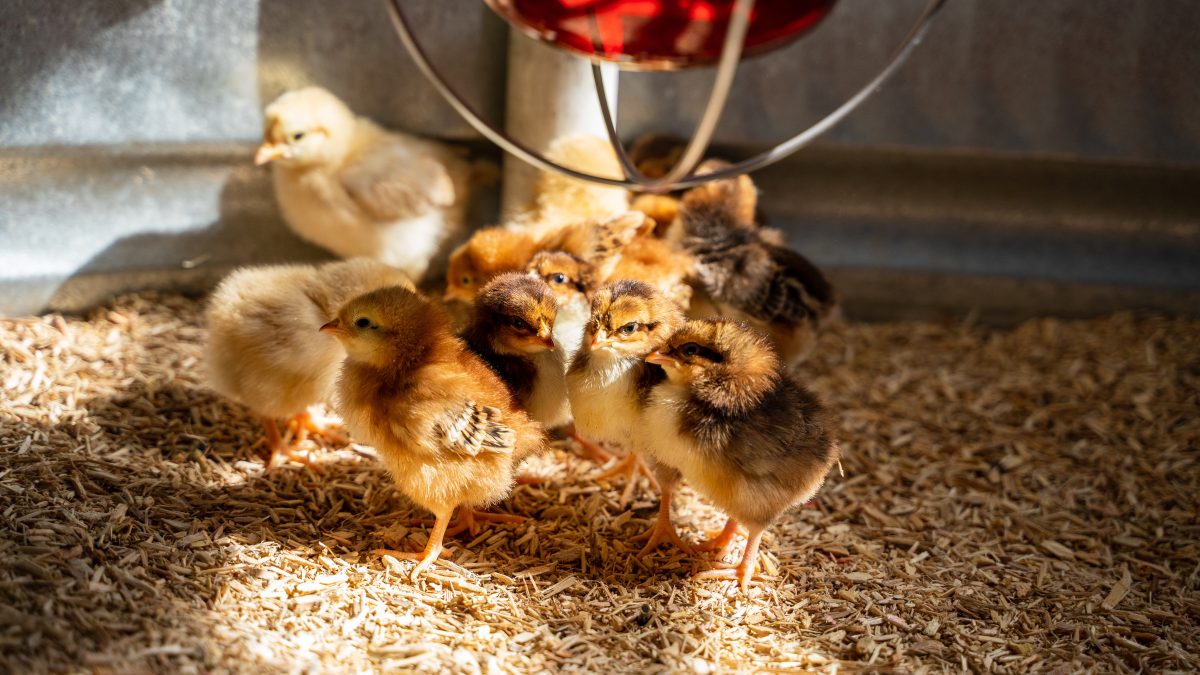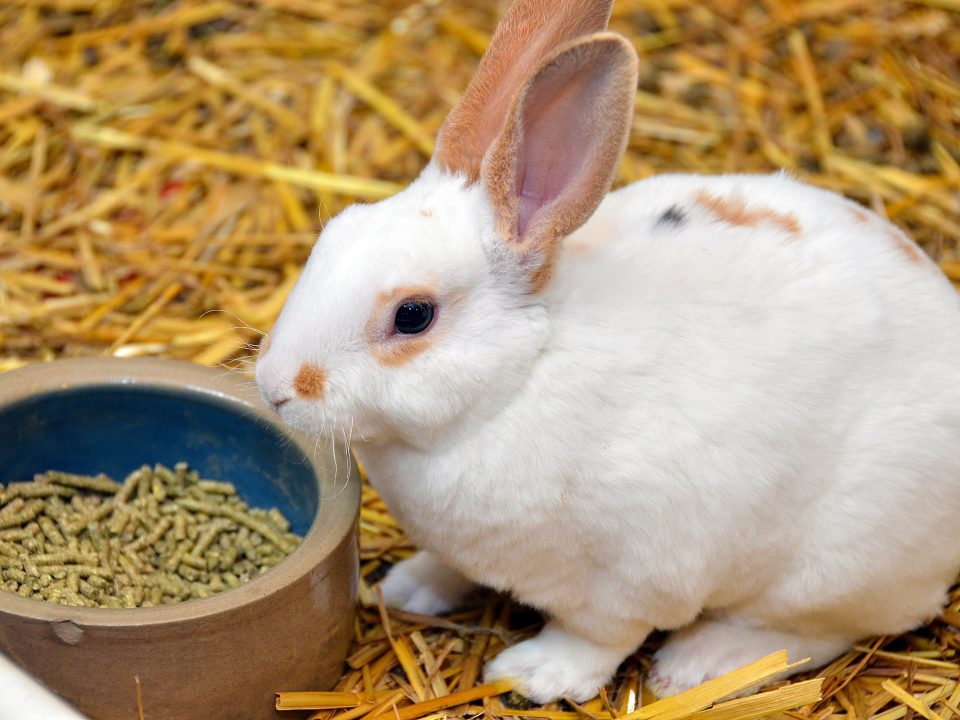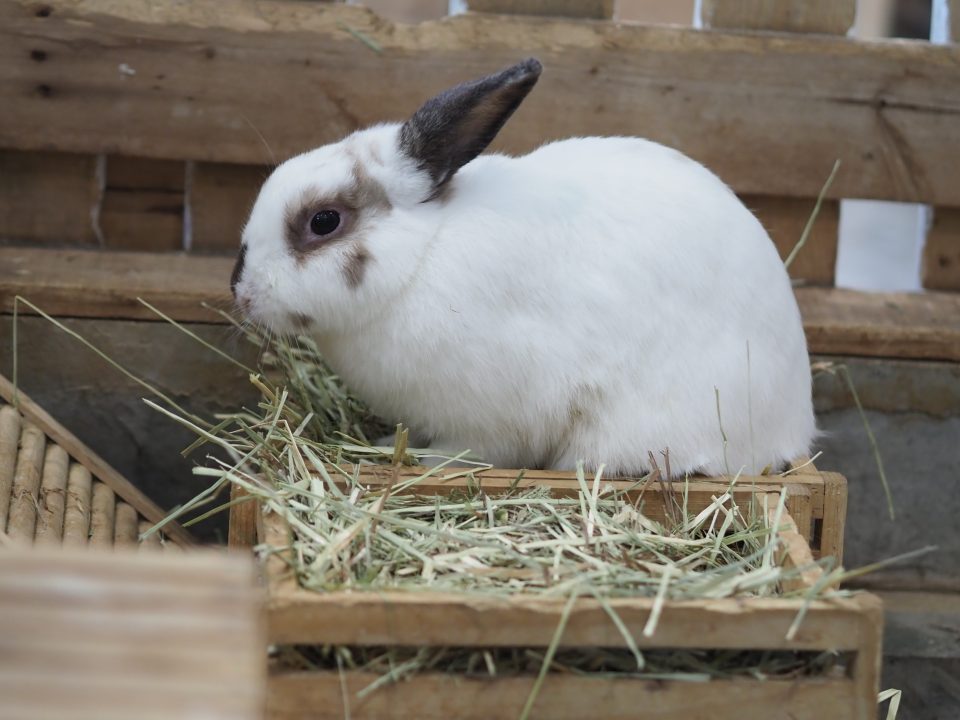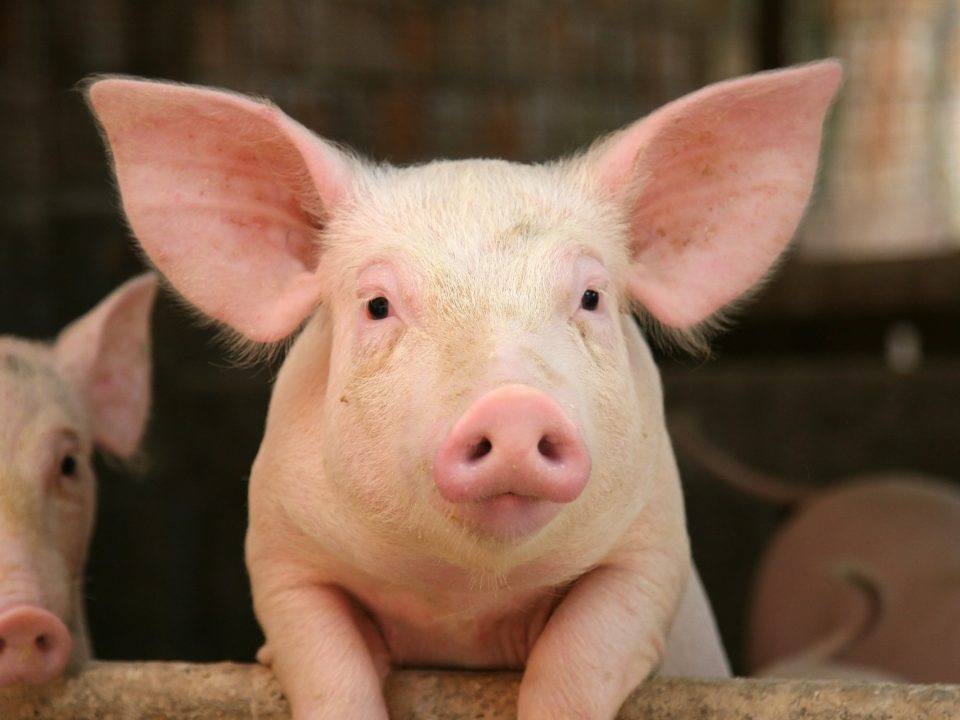
The Science Behind Black Soldier Fly Grubs in Poultry Diets
April 9, 2025
How to Prevent Urinary Calculi in Male Goats
April 15, 2025Step by Step Guide to Raising Chicks

Raising chicks can be a rewarding experience, whether you’re a seasoned poultry keeper or a beginner. So, how does a person with no chicken experience learn how to start and care for a backyard flock? It is really not difficult. In many ways caring for chickens is similar to tending a family pet. Chickens, like dogs and cats, need safe housing and nutritious food. Anyone who has successfully kept a pet already knows the basics of animal care. Chickens have some special needs. Here are a few tips:
Check All Local Ordinances
In recent years dozens of city councils have responded to the surge of interest in backyard chickens by changing ordinances that once banned the birds. Typically, ordinances specify the number of hens that can be kept, usually four or six, and forbid noisy roosters or slaughtering of chickens in town.
The first step in keeping chickens is to find out if it’s legal. Almost all towns have a link on their website to access ordinances. Look for an animal or animal control link.
A second way to learn is to call the city clerk. Usually this person is familiar with ordinances. In many cases there will be good news. Far more towns allow chickens now than they did a decade ago. If they are not legal locally, take heart.
It may not be hard to encourage the town council to alter the ordinance to allow families to keep a small flock. Dozens of model ordinances are readily available for a local government to use as a model. Surprisingly chickens are perfectly legal in many of our largest cities. Dozens of flocks live in New York City, for example. Some are in community gardens, enabling even residents of massive apartments to tend a flock in a nearby park. Ironically, small towns in farm country often ban chickens inside city limits.
Learning
Assuming that keeping chickens is legal, the next step for a newcomer is to learn how to maintain a flock. As chicken husbandry grows in popularity that’s becoming easier. Odds are almost certain that someone’s keeping chickens nearly everywhere. They’ll offer encouragement and knowledge but finding them can be a challenge. Using social media is one way to connect with them.
Another way to learn includes reading up on caring for chickens. Most public libraries stock chicken care books. These are also usually sold in stores that sell chicken supplies. Websites, like this one, provide outstanding information. Once you have done your research, it is time to get prepared!
1. Preparation
Before bringing chicks home, ensure you have all the necessary supplies:
- Brooder: A safe, warm space for chicks to grow. This can be a large box, a plastic tub, or a commercial brooder.
- Heat Source: A heat lamp or brooder plate to keep chicks warm. The temperature should be around 95°F (35°C) for the first week, gradually decreasing by 5°F each week.
- Bedding: Use clean, dry bedding such as pine shavings or straw. Avoid cedar shavings as they can be harmful.
- Feed and Water: Provide chick starter feed and fresh water. Use shallow dishes to prevent drowning.
2. Arrival and First Days
When your chicks arrive:
- Temperature: Ensure the brooder is at the correct temperature. Chicks should be warm but not overheated.
- Hydration: Dip each chick’s beak in water to teach them to drink. Monitor them to ensure they are drinking and eating.
- Observation: Watch for signs of distress, such as huddling together (too cold) or spreading out and panting (too hot).
3. Feeding
Proper nutrition is crucial for healthy growth:
- Starter Feed: Use a high-quality chick starter feed with around 18-20% protein. This feed is specially formulated to meet the nutritional needs of growing chicks. Country Companion Chick Starter is a great option to meet their requirements.
- Fresh Water: Provide clean, fresh water at all times. Check and refill water dishes regularly.
4. Brooder Maintenance
Keep the brooder clean and safe:
- Bedding: Change bedding regularly to keep it dry and clean. This helps prevent disease and keeps chicks comfortable.
- Space: Ensure the brooder is spacious enough for chicks to move around freely. As they grow, you may need to expand the brooder or move them to a larger space.
5. Health Monitoring
Regularly check your chicks for signs of health issues:
- Behavior: Healthy chicks are active and curious. Watch for any signs of lethargy or abnormal behavior.
- Physical Checks: Look for signs of illness such as pasty butt (feces blocking the vent), respiratory issues, or injuries. Address any health concerns promptly.
6. Transitioning to Coop
As chicks grow, they will need to transition to a coop:
- Age: Typically, chicks can move to a coop at around 6-8 weeks old, once they are fully feathered and can regulate their body temperature.
- Gradual Introduction: Introduce chicks to the coop gradually, allowing them to explore and get comfortable in their new environment.
- Safety: Ensure the coop is predator-proof and has adequate ventilation, nesting boxes, and roosting bars.
7. Ongoing Care
Continue to provide care as your chicks mature:
- Feed: Transition from chick starter feed to grower feed and eventually to layer feed (for hens) or all-flock feed (for mixed flocks). Country Companion has feed options for each stage of transition for your birds.
- Water: Maintain a constant supply of fresh water.
- Cleanliness: Keep the coop clean and dry to prevent disease and ensure the comfort of your birds.
Raising chicks requires attention and care, but the rewards are well worth the effort. Watching them grow into healthy, productive chickens is a fulfilling experience for any poultry keeper.



